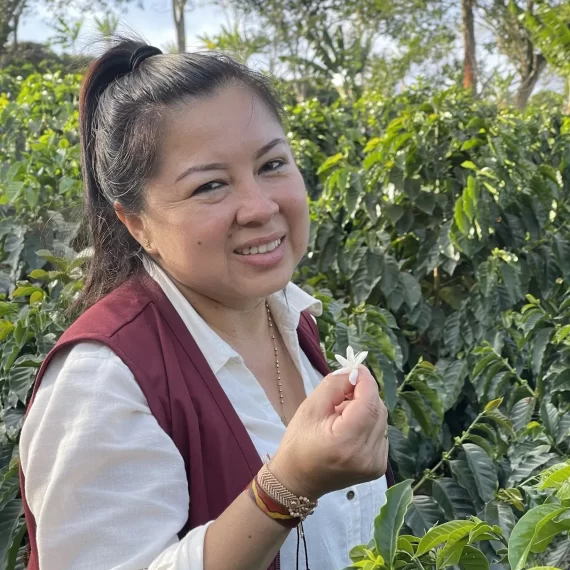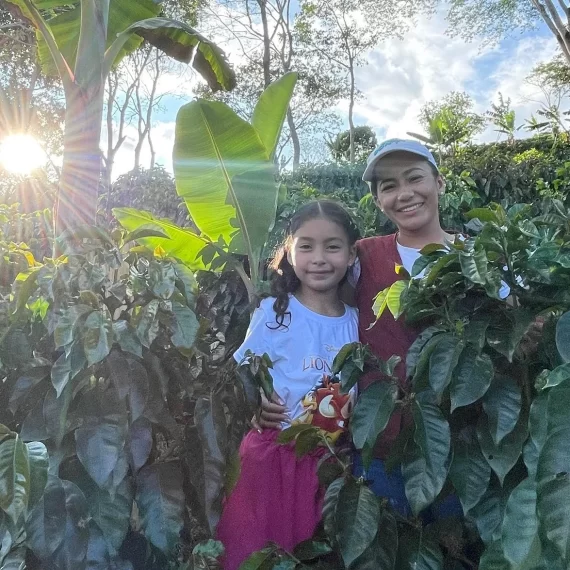
Decaf
SUGAR CANE DECAF
Decaffeination with sugar cane, Sugar cane E.A. Decaf, is a decaffeination method you will mainly find in coffees from Colombia. It is said to be the most environmentally friendly current alternative for decaffeinated coffee production.
We came to this coffee after a long time of trying and researching the possibilities. Our lot of decaf is processed from a larger lot of blended coffee from multiple farmers and their varieties from the Eje Cafetero regions of Colombia. The majority of the lot is Caturra and Castillo. So, at the beginning of the process, the beans had to meet the conditions of a choice coffee. As a result, the coffee is really delicious after roasting and is not the classic infamous decaf. The coffee cherries were then processed in the same area of Eje Cafetero by a local coffee decaffeination company.
About the coffee
Sugar cane, which is widely grown in Colombia, is used in this process as a „natural“ source of ethyl acetate. First, the sugar cane molasses is fermented. The ethanol produced in the fermentation process is then mixed with acetic acid. The result is ethyl acetate, which is used in the decaffeination process itself. In the meantime, the green coffee from which we want to remove the caffeine is prepared. The beans are steamed at low pressure to enlarge their pores and make them more permeable. Then we move on to the actual caffeine leaching process. The coffee is washed with water in which the ethyl acetate has dissolved. This compound replaces the caffeine in the molecular structure and it is released into the liquid.
The process is repeated several times until at least 97 % of the caffeine has been removed from the coffee. Once this limit is reached, the coffee beans are steamed again to get rid of the ethyl acetate residue. The steaming temperature is around 70 degrees and even if there is a trace amount of ethyl acetate left in the coffee, it can easily be got rid of during the roasting process.
The coffee is then re-dried to a desired moisture content of between 10 % and 12 %. Drying is often carried out in vacuum drum dryers.





